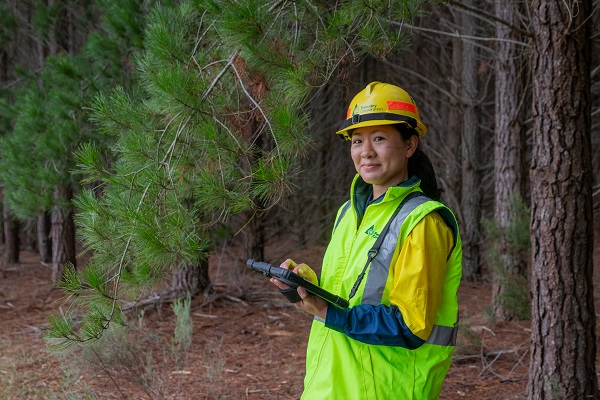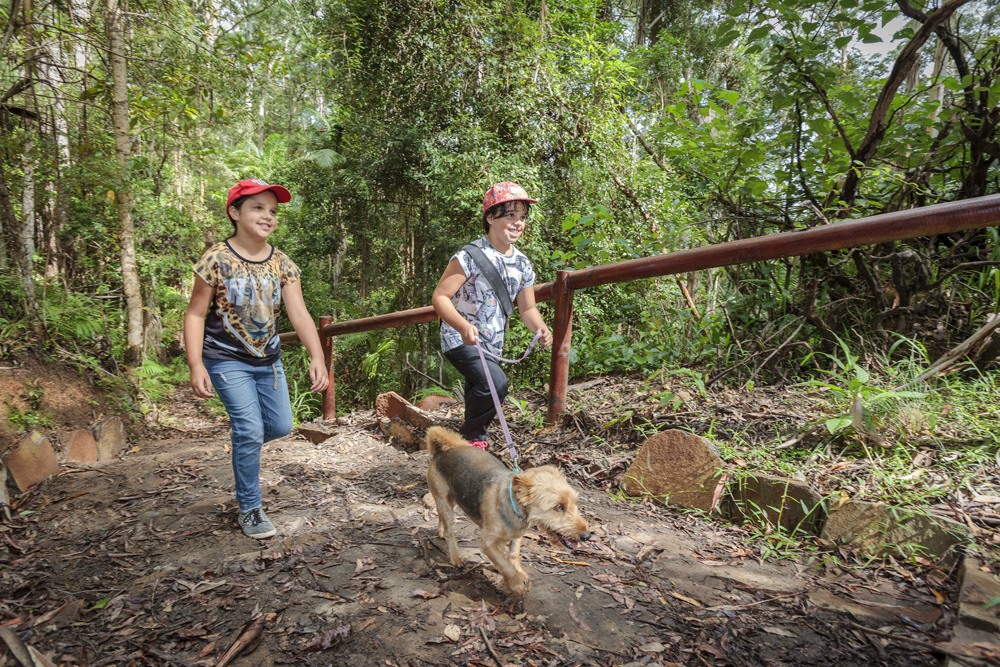
Closures and notices
Check for closures before you visit.

Check for closures before you visit.

More about visiting with your dog.

About recreational hunting.
We have obligations to control pest animals on State forests. Pest animals such as feral cats, foxes, wild dogs and pigs can post a danger to native wildlife and livestock on adjoining farmland.
Local Land Services is the primary agency coordinating pest control across the landscape and we participate in a range of joint multi-agency and private landholder pest control programs including targeted baiting programs and implementation of wild dog management plans. Recreational hunting in State forests can also complement formal pest animal control programs.
We work with local councils and Local Land Services to identify priority pests and weeds and carry out targeted control works across the landscape. Visit the LLS website for more information about Regional Strategic Weed Management Plans.
We also carry out weed spraying before replanting timber plantations. At the beginning of each plantation’s 30-40 year life cycle we complete weed spraying to control pest plants like blackberries, lantana and camphor laurel so the new tree seedlings can become established and outcompete weeds.
Each time a herbicide treatment is required,we assess the most appropriate application method and engage trained professionals to apply herbicides in line with the label directions and in adherence with environmental regulations.
In line with the Pesticides Regulation 2009, we have a Pesticide Use Notification Plan that sets out how, when and where we will notify the general public of any recent or intended pesticide applications to prescribed public places under our control. We also follow any other relevant notification requirements, such as the 1080 pesticide control orders.
If you're planning to visit a forest, check our website before visiting a State forest and pay attention to signs within the forest.
Dogs are welcome in State forests, but please be aware that baiting programs take place periodically in State forests. While 1080 baits are designed not to pose a risk to native wildlife, they can be very harmful to dogs and foxes.
When visiting a State forest with your dog: